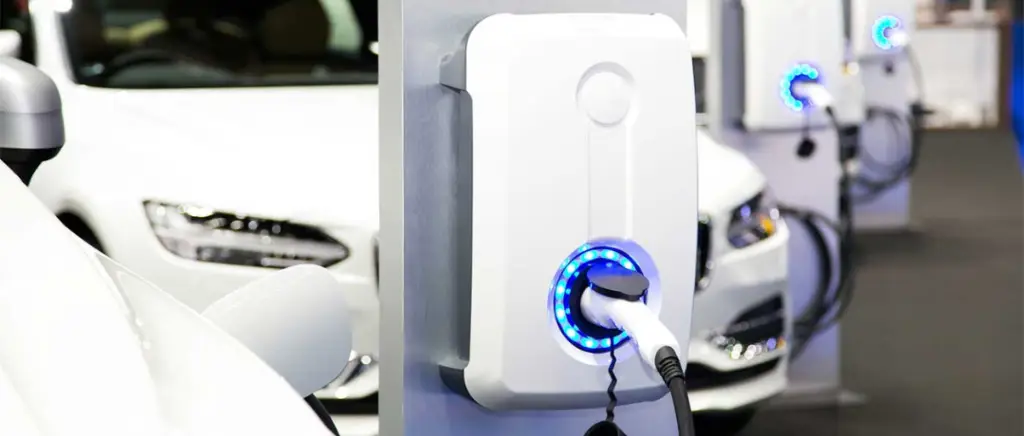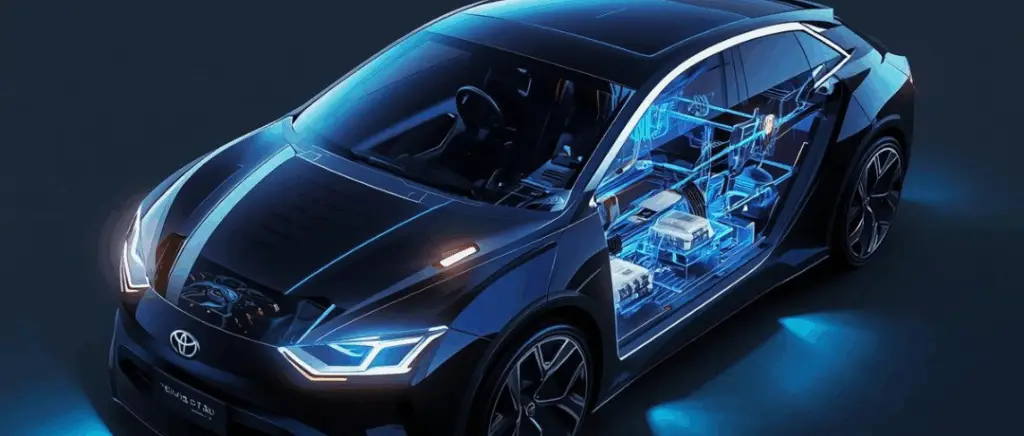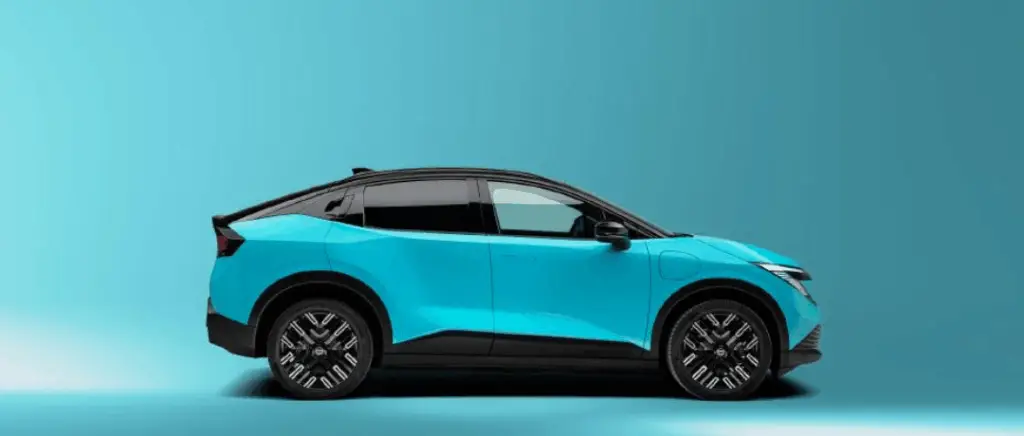Collecting and analysing data for effective management
Fleet monitoring tools: the sinews of war
In the age of Big Data, fleet monitoring tools have become essential for optimum management of electric vehicles. These technologies enable fleet managers to collect and analyse a multitude of data in real time, providing a 360° view of the performance of each vehicle. They also have a real impact on the performance of electric vehicle fleets:
- reduced operating costs up to 20%,
- improving energy efficiency 15% on average,
- reduced downtime of 30%.
What are the key features of surveillance tools?
- Real-time geolocation
- Route optimisation
- Journey times reduced by up to 15%
- Monitoring energy consumption
- Precise analysis ofautonomy
- Optimised recharging, reducing energy costs by 10%
- Predictive maintenance
- Early detection of anomalies
- Reduction of unexpected 40% failures
- Analysis of driving behaviour
- Promoting eco-responsible driving
- Accident reduction of 25%
Several solutions stand out in the field of electric fleet monitoring:
- Geotab More than 2.5 million vehicles connected worldwide
- Samsara : Used by over 20,000 customers worldwide
- Fleetio : Manages over 1.5 million assets in 80 countries
- Verizon Connect : Present in over 150 countries
- Webfleet Solutions (formerly TomTom Telematics): More than 50,000 business customers
We recommend that you Choose a tool that integrates easily with your existing management system to maximise operational efficiency. Successful integration can increase the productivity of your 25% fleet.
Feature comparison table
| Fonctionnalité | Geotab | Samsara | Fleetio | Verizon Connect |
|---|---|---|---|---|
Real-time geolocation | Yes | Yes | Yes | Yes |
Monitoring energy consumption | Yes | Yes | Yes | Yes |
Predictive maintenance | Yes | Yes | Yes | Yes |
Analysis of driving behaviour | Yes | Yes | Yes | Yes |
API integration | Yes | Yes | Yes | Yes |
Mobile application | Yes | Yes | Yes | Yes |
Customisable reports | Yes | Yes | Yes | Yes |
Electric vehicle management | Yes | Yes | Yes | Yes |
Route optimisation | Yes | Yes | No | Yes |
The Beev fleet tool
At Beev, we also have our own Beev's electric fleet management toolfor companies 100 % free. It offers a number of interesting features, including :
- Easy management of vehicles and charging stations
- 24-hour monitoring of fleet and charging station status
- Managing interviews and contract terminations.
- Add vehicles and drivers with dashboards.
- Manage interviews and revisions using an integrated calendar.
- ...
By adopting these advanced tools, fleet managers can transform their data into real performance drivers. According to a recent study, companies using advanced monitoring tools saw their return on investment increase by an average of 30% over a three-year period.
The key lies in choosing a solution tailored to your specific needs and making judicious use of the information gathered. With a successful implementation, you can expect :
- a reduction in operating costs of 15 to 25%,
- an increase in the lifespan of 20% vehicles,
- improved customer satisfaction at 30% thanks to better punctuality and reliability.
Investing in a fleet monitoring tool is no longer an option, it's a necessity if you want to remain competitive in today's electric vehicle fleet market.
Fleet management software: centralise information to make better decisions
Effective management of a fleet of vehicles requires the collection, analysis and centralisation of data in order to make strategic decisions. Fleet management software plays a crucial role in this process by providing an overview of all aspects of vehicle operation, from maintenance to cost management and driver safety. With these tools, managers can optimise fleet use, reduce costs and improve overall productivity.
Fleet management software allows you to centralise essential information, such as vehicle condition, driver behaviour, fuel consumption and optimal routes. With access to real-time data, managers can quickly identify areas for improvement and make decisions based on hard facts:
- Vehicle performance monitoring : provide detailed reports on vehicle use (mileage, wear and tear on parts, maintenance requirements).
- Optimising operating costs : enables better management of fuel, maintenance and repair costs.
- Improving driver safety: software that monitors driver behaviour and identifies risky behaviour (excessive speed or sudden braking).
- Regulatory compliance : Companies must comply with various transport and environmental regulations.
Also read → Fleet management: how do you choose your fleet management software?
Optimising costs through data
Controlling the total cost of ownership (TCO) of electric vehicles
TCO covers all the costs associated with the acquisition, use and maintenance of vehicles over their lifecycle. For a company, understanding and reducing the TCO enables it to make savings and thus improve its profitability.
The five components of TCO
- Purchase or leasing cost
The initial purchase price or leasing payments are higher for electric vehicles than for internal combustion vehicles. However, many countries offer tax incentives and subsidies to encourage the purchase of electric vehicles, which can significantly reduce the initial cost.
- Cost of energy
Electric vehicles are generally less expensive to recharge than internal combustion vehicles are to refuel. The average cost of electricity per kilometre is often lower than that of fuel. For example, the average cost of electricity in France is around 13 cents per kWh, which translates into a cost of around €0.03 to €0.05 per km for an electric vehicle.
- Maintenance and repairs
Electric vehicles have fewer moving parts and require less maintenance than petrol vehicles. Owners of electric vehicles spend around 50 % less on maintenance and repairs than those of combustion vehicles over five years.
- Insurance
Insurance costs may vary, but electric vehicles may benefit from preferential rates due to their increased safety and eco-bonus schemes.
- Residual Value
The resale value of electric vehicles is influenced by the state of the road. battery and future technological advances. However, the growing demand for these vehicles is tending to stabilise their residual value.
TCO calculation
Here is a table detailing the calculation of the Total Cost of Ownership (TCO) for an electric car, using the example of a Renault Zoë e-Tech over a 5-year period. The table includes various components of the total cost.
| Composante | Description | Coût (€) |
|---|---|---|
Initial purchase cost | Renault Zoe initial purchase price, base model | 32 000 € |
Tax incentives | Reduction due to the ecological bonus in France (€7,000) | - 7,000 € |
Cost of energy | Average electricity cost of €0.17/kWh for 15,000 km/year over 5 years | 3,200 € |
Maintenance costs | General maintenance (servicing, tyres) over 5 years, often cheaper than a combustion engine | 1,500 € |
Insurance | Cost of annual insurance at €600 for 5 years | 3,000 € |
Residual Value | Estimated resale value after 5 years. | -12,000 € |
Cost of registration | Administrative costs for electric vehicle registration (often reduced) | 0 € |
Total TCO over 5 years | Calculation of total cost of ownership over 5 years | 20,700 € |
Preventive maintenance: anticipate to save
Preventive maintenance is an essential strategy for optimising fleet management costs and maximising vehicle life. By anticipating maintenance needs, companies can avoid costly repairs, reduce downtime and guarantee optimum performance from their electric vehicles. It is crucial because it enables :
- reduce breakdowns and costly repairs,
- improve safety,
- optimise the lifespan of electric vehicles.
To implement it, it is important to train drivers to identify the warning signs of mechanical problems and to encourage eco-responsible driving practices to reduce wear and tear on vehicles and extend their lifespan. Also, by scheduling regular servicing based on mileage, vehicle age and conditions of use, companies can anticipate and avoid breakdowns. Analysis of historical data and wear trends helps determine the optimum service intervals for each vehicle.
Adapting to the EPZ: the key role of fleet management
Low Emission Zones (LEZs) are geographical areas defined by local authorities where access is restricted to the most polluting vehicles. These zones aim to improve air quality by reducing emissions of pollutants such as fine particles and nitrogen oxides. For companies, implementing these zones represents a major challenge in terms of fleet management. However, with effective fleet management strategies, it is possible to adapt to these new regulations while optimising operations.
Understanding the EPZs
EPZs have been introduced in several major European cities, including Paris, London and Berlin, to limit the impact of polluting vehicles on air quality. Their aim is to reduce emissions of atmospheric pollutants from 20 % to 40 % by 2030.
The criteria for access to EPZs vary from city to city, but are generally based on the vehicle's Euro standard, which classifies vehicles according to their emission levels. In France, for example, the Crit'Air system is used to classify vehicles according to their level of pollution, with stickers ranging from 0 (zero emissions) to 5 (very polluting).
Also read → The EPZs for businesses: what changes?
What role does Fleet Management play in adapting to EPZs?
Fleet managers first need to understand the specific regulations of the EPZs in the areas where their vehicles operate. This means keeping abreast of updates and changes in legislation.
One of the most effective strategies is to modernise the fleet with vehicles that comply with EPZ standards. This includes the acquisition of electric or hybrid vehicles, which are often exempt from the restrictions. Companies that have replaced at least 50 % of their fleet with low-emission vehicles have seen a 25 % reduction in their operating costs.
The example of the city of Paris
Paris is a notable example of the implementation of an EPZ. Since the introduction of the EPZ in 2017, the city has seen a 10 % reduction in NO2 levels in the zones concerned. Companies operating in Paris have had to adapt their fleets to remain compliant. La Poste has replaced a large part of its fleet with electric vehicles and uses management software to optimise routes and minimise journeys in critical areas.
Conclusion
Optimising fleet management therefore involves the strategic use of data to reduce costs, comply with environmental regulations and promote eco-responsible driving. By integrating electric vehicles, adopting preventive maintenance and adapting to Low Emission Zones, companies can not only improve their operational performance but also strengthen their commitment to the environment. Finally, thanks to fleet management solutions, companies are better equipped to meet current and future challenges, while responding to growing consumer expectations for sustainable and responsible practices.
Monday to Friday
9am - 12.30pm - 2pm - 7pm
































